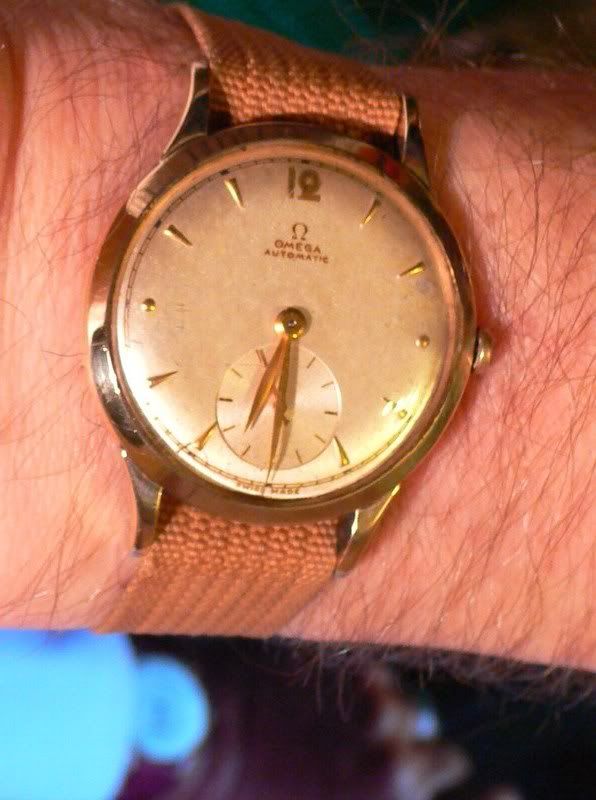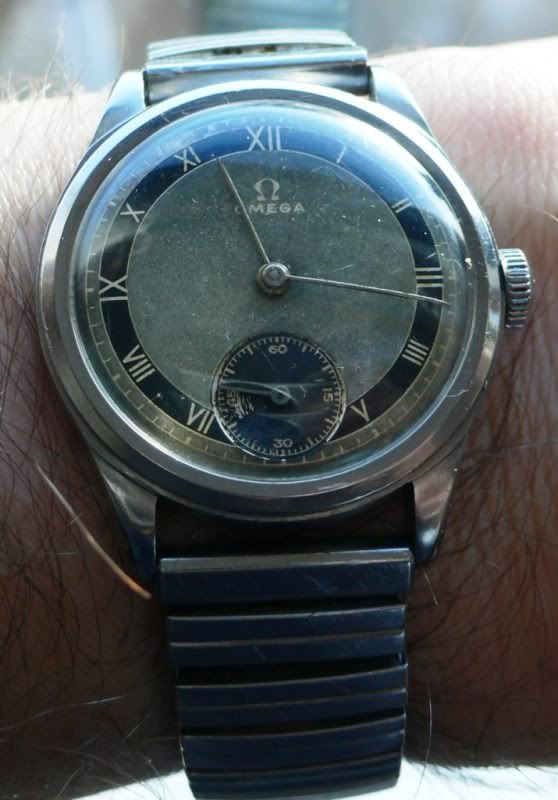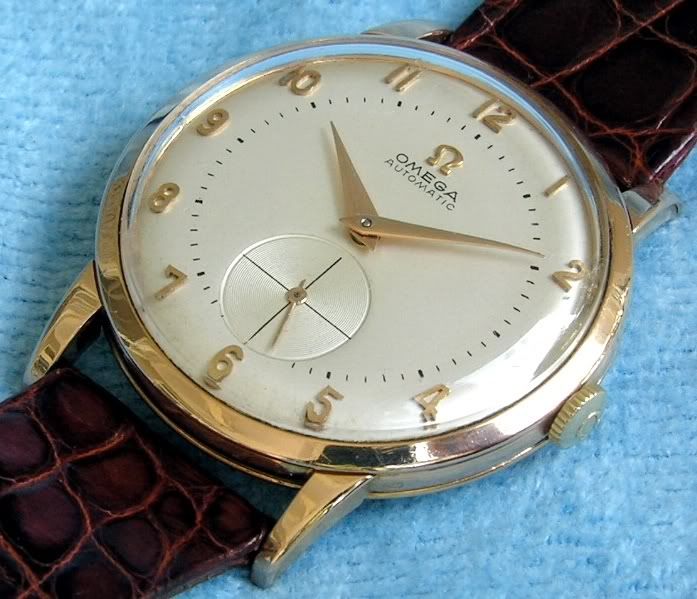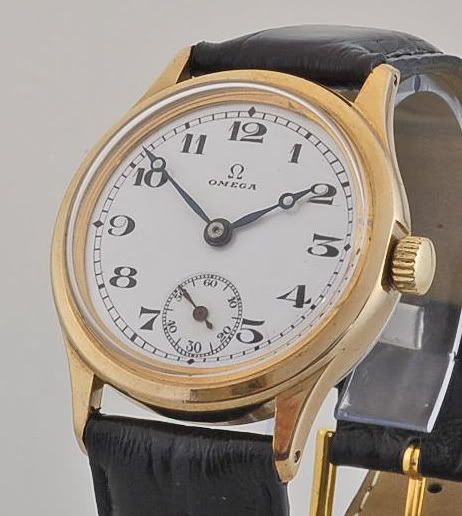I was just wondering how long these watches generally last, since I don't see many very old ones for sale, and the ones you do see tend to give the impression they have been sitting in someone's attic for the last 30 years.
I've often heard the analogy that swiss watches require maintenance just like cars do, since they are both complex machines. Well, my BMW requires significant maintenance every 30,000 miles, then by about 200,000 it would be more or less beyond repair --time for the junkyard... What's the watch equivalent to 200,000 miles?
It sounds like the maintenance interval for watches is 4-5 years. Does that mean if you were to wear it every day for 20 years it would be worn out beyond any reasonable repair? I understand that most watches end up spending most of their time unworn, but I just wonder how long they can last if worn every day.
I've often heard the analogy that swiss watches require maintenance just like cars do, since they are both complex machines. Well, my BMW requires significant maintenance every 30,000 miles, then by about 200,000 it would be more or less beyond repair --time for the junkyard... What's the watch equivalent to 200,000 miles?
It sounds like the maintenance interval for watches is 4-5 years. Does that mean if you were to wear it every day for 20 years it would be worn out beyond any reasonable repair? I understand that most watches end up spending most of their time unworn, but I just wonder how long they can last if worn every day.

















